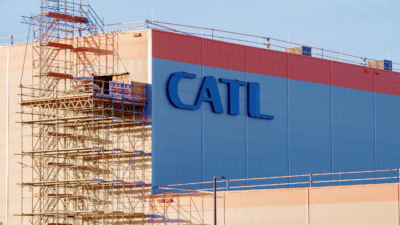
Sign up for smart news, insights, and analysis on the biggest financial stories of the day.
A perfect storm of pine beetles in Canada, a home construction boom in America, and supply chain hurdles have driven the price of lumber through the roof. It hit an all time high this week of $1,326.70 per 1,000 board feet.
But the cost of trees in the U.S. South — home half of the country’s production — is at bargain store discount levels. It’s created a unique scenario where sawmills who can get their hands on those trunks are making profits like a casino.
Money Grows on Trees
While supply chain pressure on the output side has left sawmills struggling to keep up with demand, it just so happens that there’s an abundance of harvest ready trees in Southern U.S. states. That’s kept stumpage fees — what lumber companies pay to landowners for trees — incredibly low.
- Louisiana pine sawtimber is currently at $22.75 per short ton, the lowest since 2011.
- In Alabama, the stumpage fees are slightly higher than Louisiana at $23.34 per short ton. But they’ve barely budged since 2016 and are half the price fetched in 2005.
The primary beneficiaries have been sawmills in the South, who are eating up the abundant supply because it’s too expensive to transport heavy logs elsewhere. Mills in the region are currently running at 93% capacity to take advantage of the unprecedented margins.
That’s probably wise. “As soon as the supply disruptions sort themselves out and everything gets back to normal, we expect a major correction in prices,” Joshua Zaret, a senior analyst at Bloomberg Intelligence, said.
the takeaway
While the lumber is building roofs, the economics are sending shares of suppliers through the roof. West Fraser Timber, the world’s biggest lumber company, has seen its price triple in the last year.











